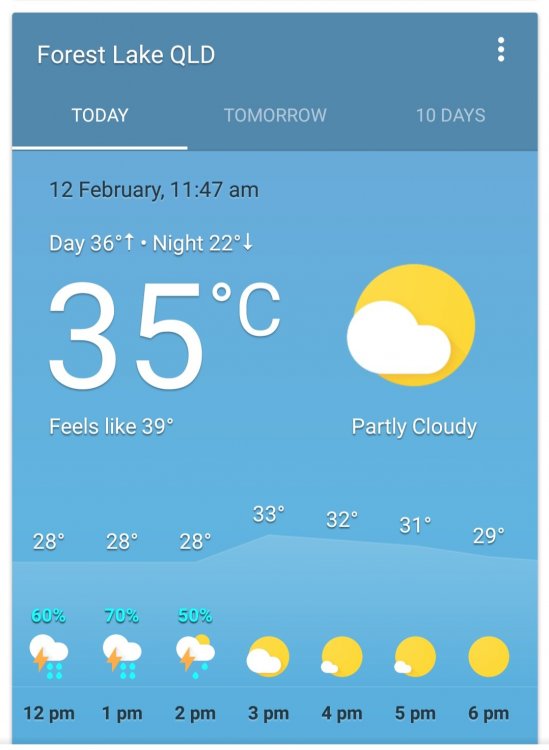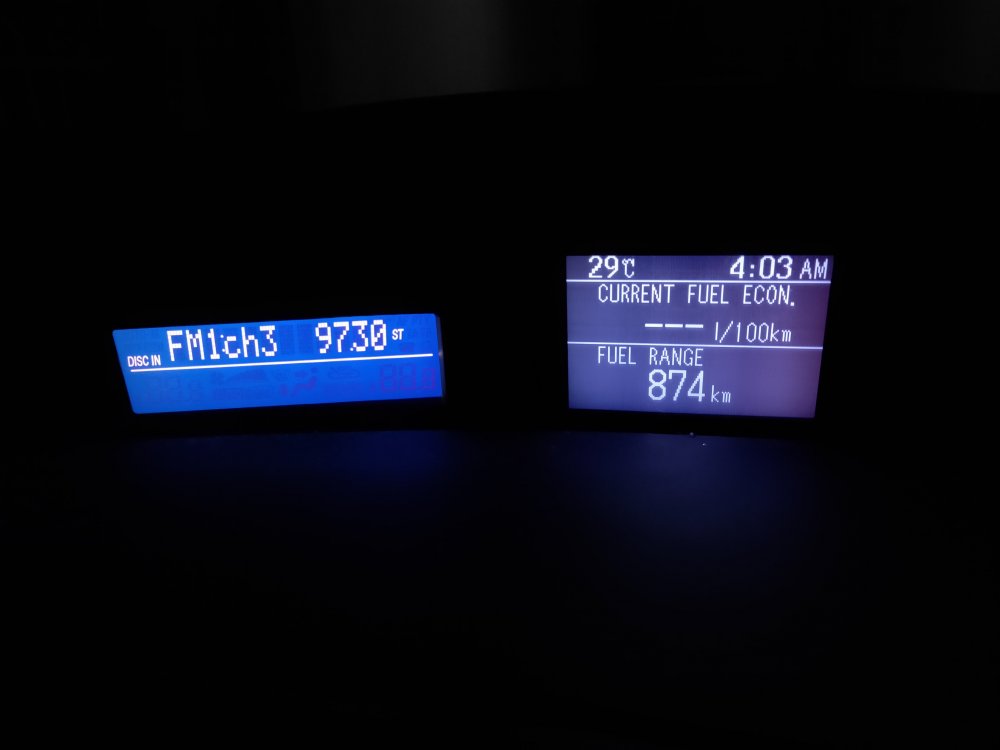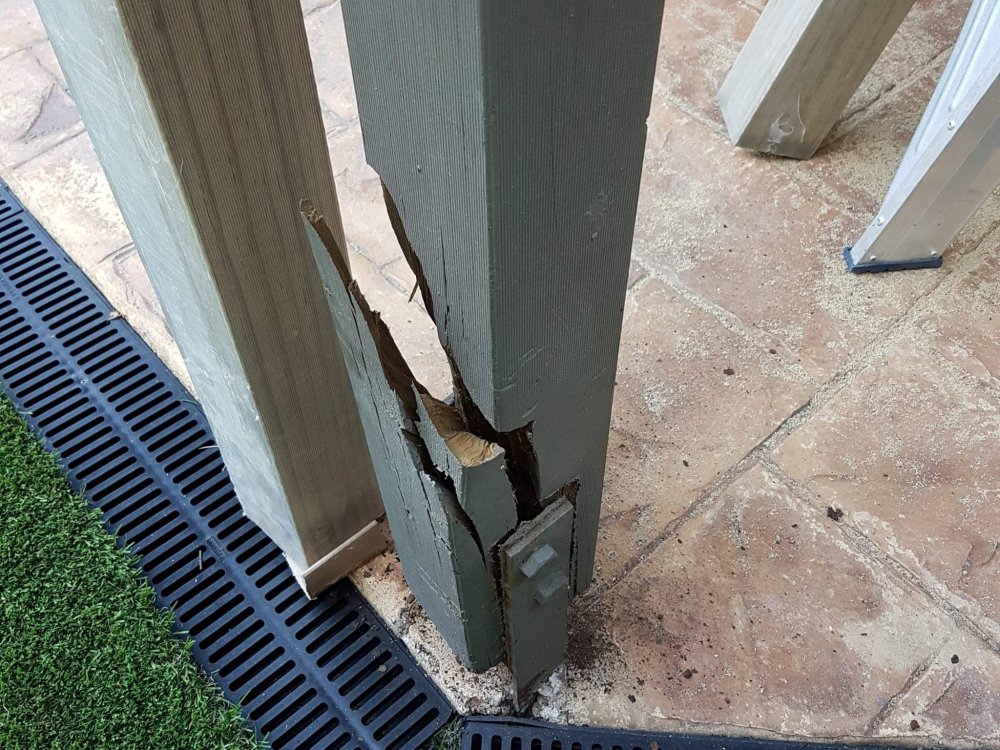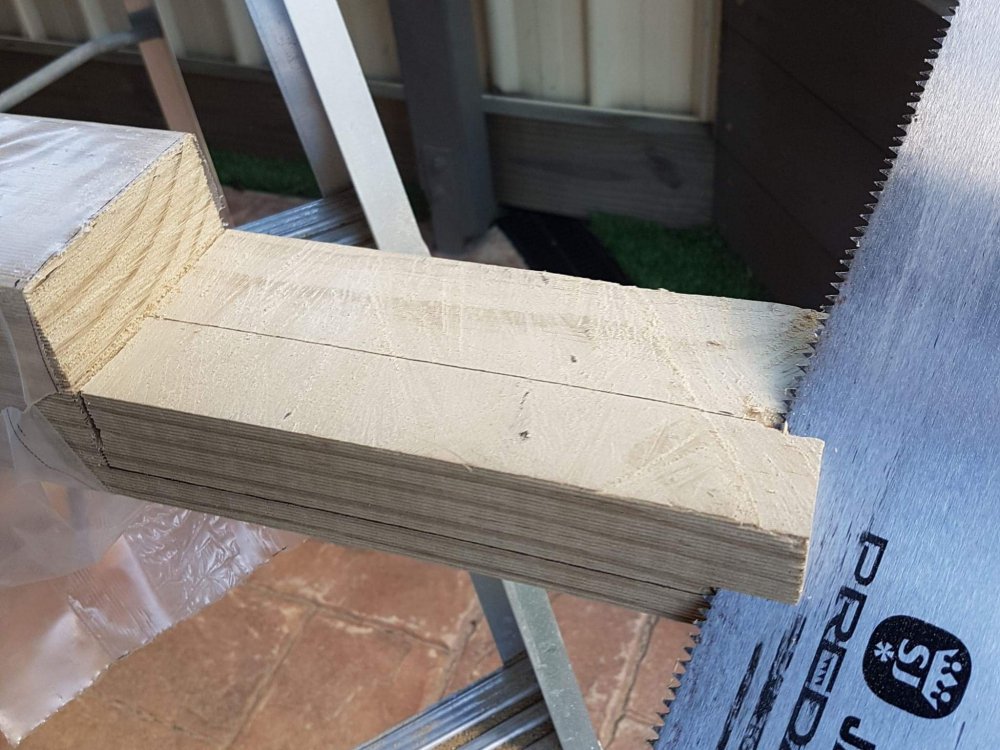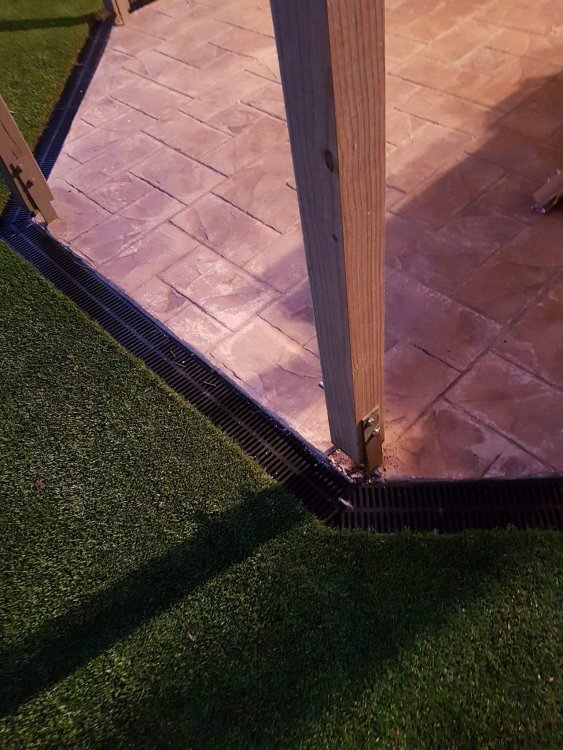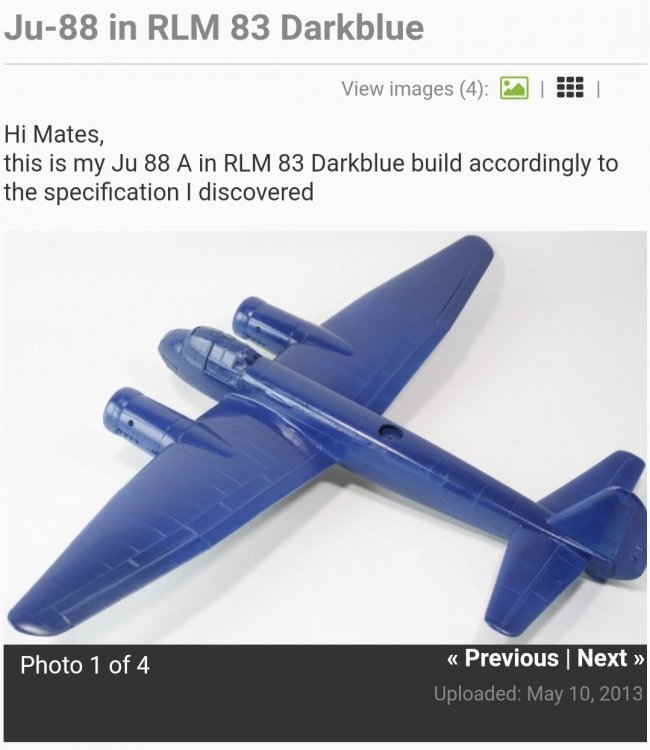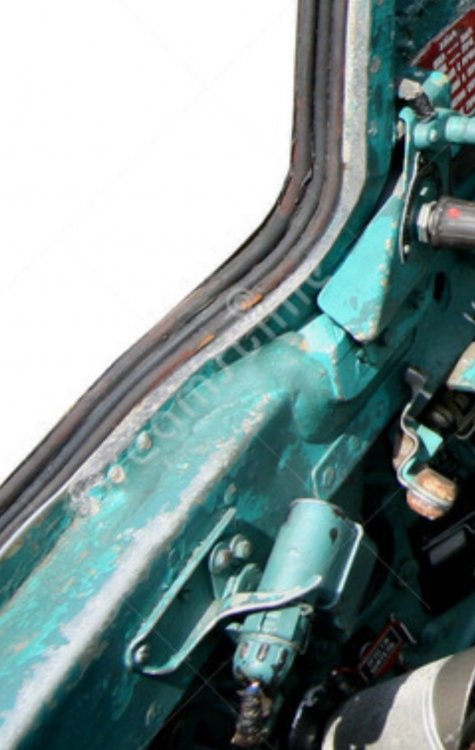-
Posts
1,617 -
Joined
-
Last visited
Content Type
Profiles
Forums
Events
Gallery
Everything posted by Wumm
-
"Hey, don't you already have one of those?"... Is what my Wife would ask me. Suggestions and justifications on a 6x4 postcard or in the space provided below please.
-
Back in the day, polished pipes always meant 'fake'; as in one sooty, one shiny meant it's only a Six or a Four under the bonnet when pulling up and assessing whether to proceed from the lights in an unnecessarily hasty manner. But in this case...
- 2,032 replies
-
- 2
-

-
- car related stuff
- anything about cars
-
(and 6 more)
Tagged with:
-
Not DNA based... But my Paternal Aunt has done a lot of work tracing that side through archives and research, a lot of German there with my Grandparents' surnames of Messer and Ahnfeld. She managed to track one fellow along the way who was born in Denmark, but had no point of arrival into Australia... It was later discovered anecdotally that he had merely liked the look of Yeppoon on the way down the Coast down to Brisbane in the early 1870's, and simply jumped ship!
-

The Lady from the Lake P-47 'Dottie Mae'
Wumm replied to DocRob's topic in LSM 1/32 and Larger Aircraft Ready for Inspection
A sound build and strong fundamentals provides a canvas for an outstanding finish. Well done Doc! -
-
Using photography and lighting direction to highlight and deepen shadows in a diorama setting, will also effect any figures and hardware taking part in the scene. Therefore your whole painting effort will need to be geared towards the strength of your light source. Bright sunlight or an LED trained on the subject within a display case will need less shading, as the light source will provide most shadow for you... Diffused indoor lighting will need more shade and highlights added to the groundwork. I would shade the "snow" with varying shades of baby to medium blue if it's to be just put on a shelf once completed and not meant as a featured display piece.
-
Good to see this build wrapping up with such an impressive finish, especially considering how far from your comfort zone you've ventured and the hiccups encountered along the way. S
-
I hate to be a Debbie Downer, but always remember people... The Human body is basically a sponge. Whatever particulate matter you're working with; if you can smell it, you're ingesting it.
-

What is on your bench right now ? Share a picture :)
Wumm replied to Martinnfb's topic in Modelling Discussion
Amen to that... They just featured a 47 vehicle pile-up @ KC/MO here on the news. Over here where it's still Summer we tend to forget what miserable weather you're all having there. Good to have you back safely Buddy! -

What is on your bench right now ? Share a picture :)
Wumm replied to Martinnfb's topic in Modelling Discussion
No work there I say! You've merely plopped it out and played with it a little. Ooh, that came out all wrong... S -

Hasegawa 1/32 Ju 87D-3, "T6+CT"
Wumm replied to Mikester's topic in LSM 1/35 and Larger Work In Progress
At home now, and after checking of course you're right. A quick measurement shows they're a much closer fit for the Eagle Ed resin Fw190 pit I'll be using though. Back to you, good work so far. -

Hasegawa 1/32 Ju 87D-3, "T6+CT"
Wumm replied to Mikester's topic in LSM 1/35 and Larger Work In Progress
Is this a thing Mike? Or just for the Stuka kit... Haven't used the Airscale Luftwaffe dials yet, but plan to shortly. -
Sending some warmth your way Harv... Currently 35°C here, feels like 100°F. Was 29°C @ 4am when I shifted the car so Beck could go to work! Safe travels when you eventually get a break. S
-
Some very handy skills there Scott... I'm slowly replacing the support posts of the Pergola at our house as time and finances permit, using my some of my Dad's tools where possible (he passed in 2005). Some are worse than others... I find it very relaxing, much less stressful than Scale Modelling. And it gets me a lot more credit in the SWMBO bank! Steve
-
Have a great day Buddy! S
-
This seems to be the current trend. However, it is contradicted by Jerry Crandall stating that he possesses a dark green colour swatch marked as Farbton 83 sourced from an Italian paint manufacturer. Ullmann also contradicts himself... Stating that there's no possibility of giving "an old paint a new number", and then claims that "This darkgreen is a darkgreen variation of RLM 81". So Farbton 81 can have 3 or 4 variations ranging from chocolate brown to dark green... But Farbton 83 is blue and can only be blue. Furthermore, in the same document naming 83 as a dark blue, we have Farbton 70 named as "Dunkelgrün". RLM 70 has always been noted as Schwazgrün... Under this logic, is RLM 70 now a different colour? Do we now change our nomenclature and understanding of Schwazgrün because of a single document? More unknowns... For every case for dark blue Farbton 83 there is a contradiction in favour of dark green... and vice-versa. To me it is becoming increasingly clear that there must have been blue and green variations of RLM 83, in much the same case as Farbton 76 and the brown variations of 81. S
-
That is a given. However, it was not common practice to completely remove the paint from the airframe at Unit or depot level to accomplish this. The underlying paint would stay in place. Therefore, the airframe would already have been primed, either as a two-part process or with a single coating of 7121 paint with anti-corrosion added... The same as with the formula noted by AK. Therefore, to develop such a finish only to have it be oversprayed onto already primed surfaces is a complete waste of resources. Then in the Ullmann document above, what is meant by "und 70 dunkelgrün für Landflugzeuge"? Are we lead to believe that they were also evaluating Dark Blue with Farbton 70 for overland use? Or was a Dark Blue 83 merely a variation of a Green 83 being tested?
-
For those interested, or not quite up to speed with the RLM83 developments... About 5 years ago, German researcher Michael Ullmann discovered a document regarding RLM colour evaluations from 1943; which mentioned that a new dark blue colour was being tested for use in the Mediterranean, and it named that colour as RLM83. Apart from this document, RLM83 has only been noted in one other instance; in a passage where markings and stencils are detailed, where it is mentioned as a dark colour but no actual colour description is given. No samples of this blue are known to exist. Ullmann also states that RLM83 was not to be applied at the point of manufacture, but was only for use at Unit or maintenance level... this to me does not make sense. Developing a completely new surface colour incorporating valuable anti-corrosion resources is a complete waste if only to be oversprayed onto already camouflaged aircraft at Unit level. Ullmann's own quote from TOCH Forum... Finally, this is the colour Ullmann believes RLM83 to be. S
-
Following the the ongoing discussions on various Sites regarding late War Luftwaffe colours, largely brought about by the AK interpretations; I sent this message on Friday to a Fellow who is a Member here but hasn't visited in quite some time, as I am unable to post on a particular Site and the bickering there was becoming painful to watch. It may make sense to some of you, and I post it here now for posterity ............................... Dear xxxxxx, I don't know if you will see this. It seems like you haven't visited this site for a couple of years. Vincent is of course correct. The key to late War Luftwaffe colours is the inclusion of Zinc Chromate in the formulations as part of a simplified one-coat primer and colour coverage for metal surfaces introduced in 1943. The particular Zinc Chromate used in WW2 Germany was called Zinc Yellow, it is a bright yellow colour RAL 1018. Used in solution along with Zinc White (Zinc Oxide), it gave the paints anti-corosive properties, alleviating the need for a two step primer and paint process that therefore saved resources. However, Zinc Chromate is not light fast... It darkens over time with age, turns grey-green with exposure to humidity, and brown with expose to sulphur (think exhaust gases). Furthermore, problems with solubility could make the Zinc Chromate component bubble and leach from the solution, therefore actually inhibiting corrosion control (see Vincent's example). The reasons we are seeing a green tint to late War Farbton 02, 66, 76 etc is simply due to the one coat primer and paint colours and the yellow-green influence of Zinc Yellow in the solution, that would not have been present when these areas were primed separately. The reason we have two noticibly different RLM 66 colours in cockpits, is that wooden instrument panels have no need for anti-corrosive paint to be applied. The reason we have areas of different coloured RLM 76 underside panels, for example on the AWM Bf109 G-6, is that paint stocks or components from before the change would appear the same or similar to the newer formulas until exposed to light or the elements, especially if still in the can. It naturally follows that all RLM colours from early 1944 onwards would have this green tinge naturally occurring to varying extremes; this of course also applies to this new blue RLM 83 (if in fact it ever was actually accepted by the RLM as a blue). Steve ................................ For the record, AK Interactive have published a formula for RLM 83, which includes double the amount of Zinc Yellow pigment compared to Blue. The formula is apparently undated, and gives no Manufacturing source. Once again... Twice as much yellow pigment as blue. S
-
So sorry for your loss Harv... Safe travels and take some time for you and Bev. Thinking of you both. S
-
Likewise. My first ever flight was on a Bush Pilot Airways DC-3, a one hour early evening jaunt around my hometown of Rockhampton Queensland purchased by my Dad for my 15th birthday in 1982. One of BPA's Gooneys with Rocky in the background, may have been this one but u/f I failed to record the serial at the time.
-
People pay good money to have their Willys go the right way... There's a lot riding on the answer.
-
Not up with my Former Soviet aircraft recognition. Is that some sort of Russian Collusion... Er, Ilyushin?
-
Yeah agree with grey... Dull aluminium for high wear areas like the cockpit lip, darker grey for areas where the paint is worn away but not down to the base metal, and a darker turquoise mix for moderate wear as can be seen on the sill here.





